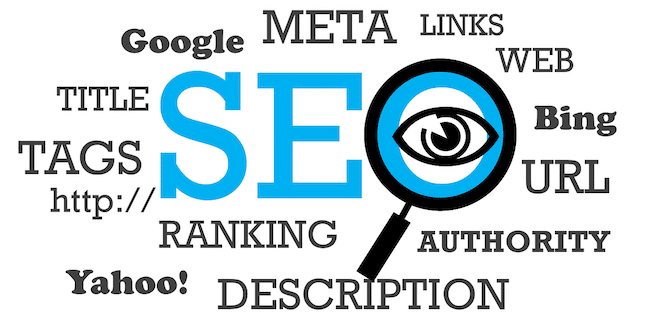It’s a huge win when a key blogger accepts your product for review (paid or not). But before you go skipping of to the UPS store to drop off the shipment, you should refresh your understanding of Google’s SEO best practices for this type of content. Following the search engine’s rules will ensure the highest possible SERP (search engine results page) ranking.
Did you know that links from a blog post to your product can be considered a “link scheme” and go against Google’s policies? So for any links you ask the blogger to include (company page, app store, Twitter account, etc.), be sure to ask them to use “nofollow links” because they didn’t come about organically. Note that nofollow links won’t boost your PageRank; you’ll have to rely more on the quality of the review outlet, the review itself and social promotion to reach a greater audience.
One way to boost review quality is to encourage your top keywords be weaved throughout the story text. Start by validating your keywords in a tool like Moz’s Keyword Explorer. Then drop these terms into your product review pitch email, your reviewer’s guide and in any follow up correspondence. The more the writer sees your choice terms, the more likely they are to use them.
Google’s SEO best practices also state that any sponsored content must be clearly noted. This way readers know that you’ve paid a reviewer to post about your product. Your honesty will be rewarded by Google who finds this transparency to be a value to its searchers.
But these practices are just the tip of the iceberg. Take a look at Google’s Webmaster guidelines (https://support.google.com/webmasters/answer/35769?hl=en) to learn new ways your team can enhance the SEO of product reviews, blog posts and other content you’re putting out there to reach customers.

